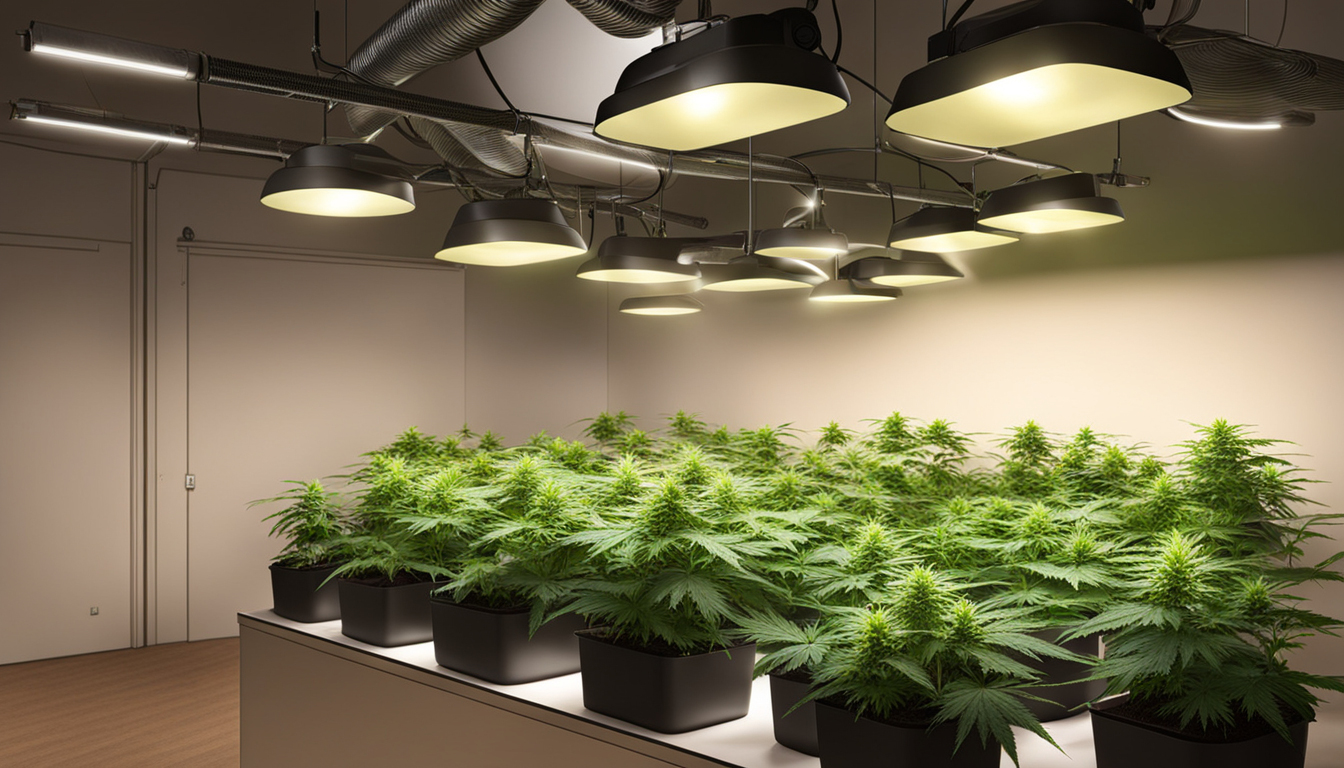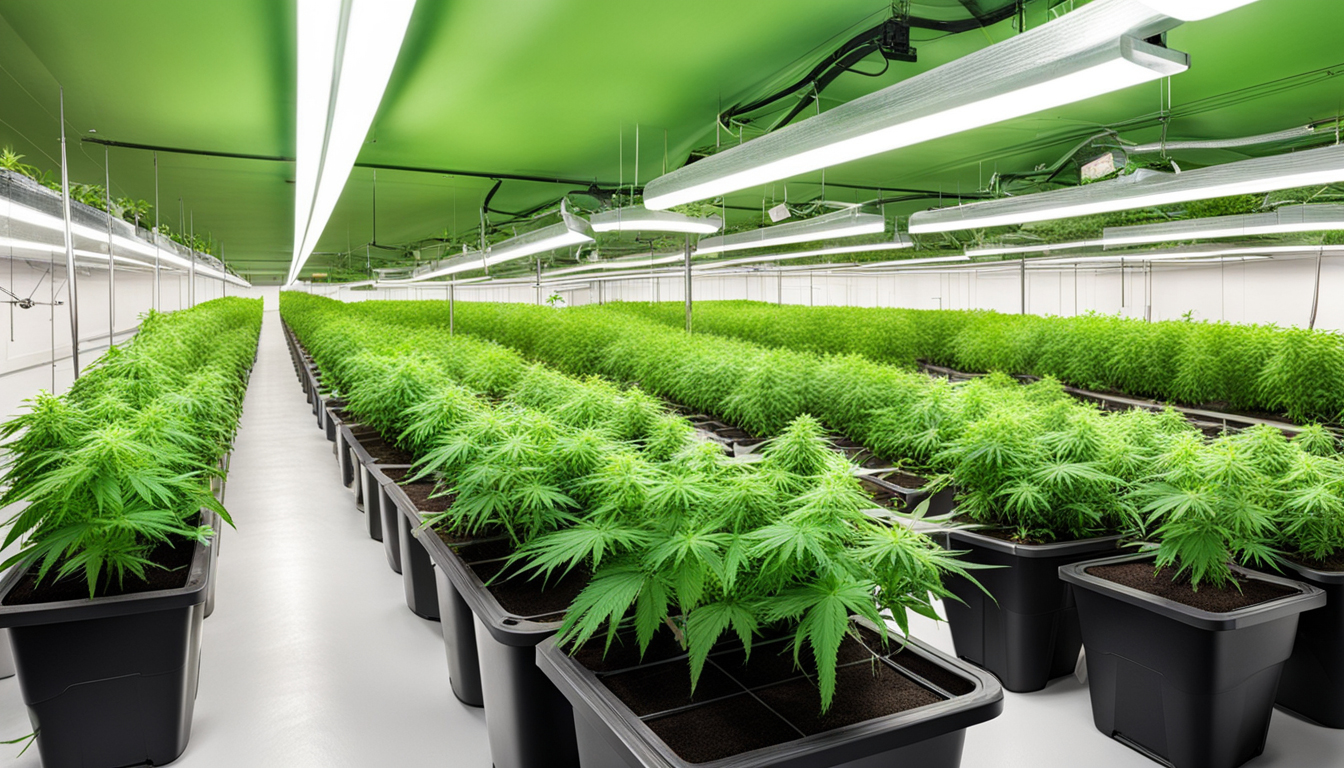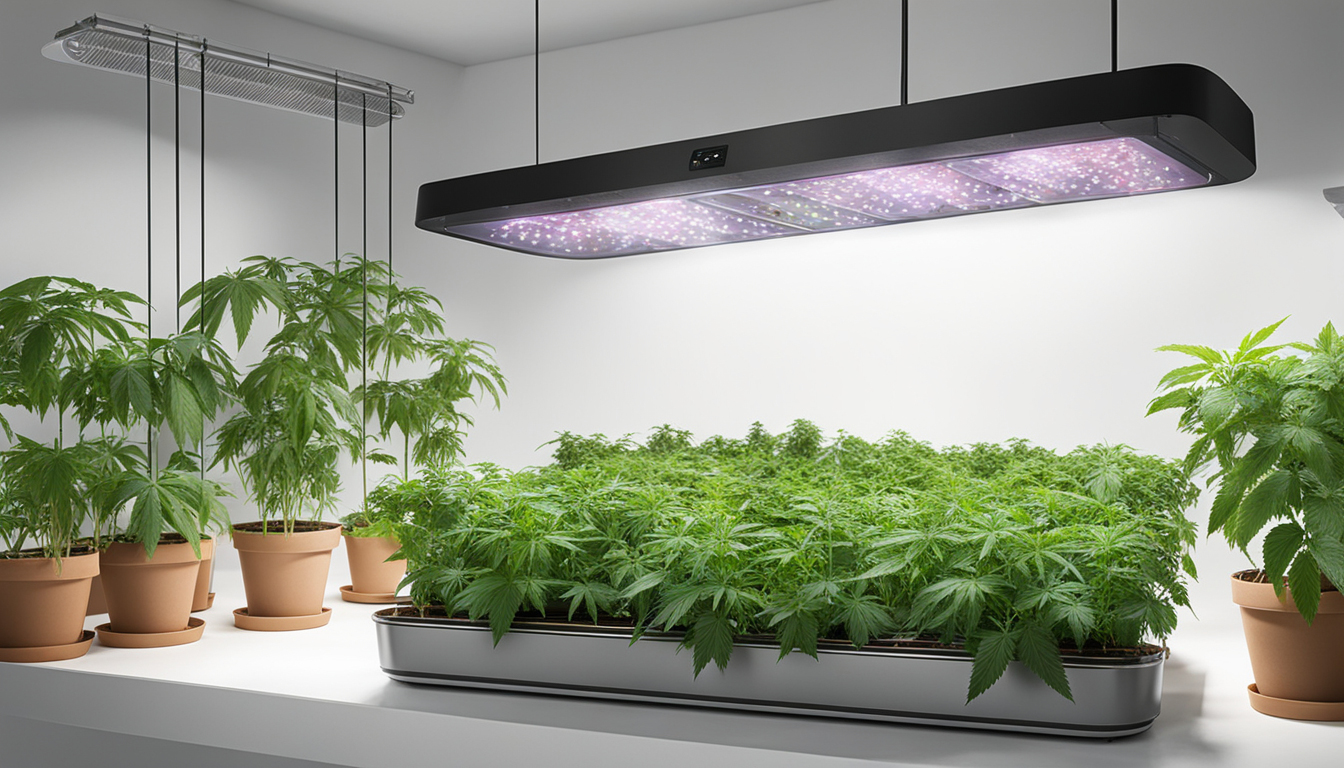
Whether you're beginning cannabis growing or looking to improve your existing crop, following this complete guide will help you produce bountiful, high-quality yields right at home. With the right equipment, techniques, and care, cultivating cannabis indoors can be an extremely rewarding and cost-effective endeavor.
Choosing Weed Varieties
The first step in planning your indoor crop is choosing the right marijuana cultivars to produce. The three main types of cannabis plants each have their own characteristics.
Sativas
Known for their invigorating intellectual effects, these strains spread tall and slender with narrow leaves. They flourish in warmer equatorial climates and have a longer flowering time between 10-12 weeks indoors. Top sativa strains include Jack Herer, Durban Poison, Super Lemon Haze, and Jack Herer.
Relaxing strains
These strains provide relaxing full-body effects and grow short and bushy with broad leaves. Adapted to cooler mountain climates, they flower faster within 8-9 weeks. Popular indica strains include Granddaddy Purple, Northern Lights, and Bubba Kush.
Mixed strains
Mixed varieties mix traits from both energizing strains and relaxing strains. They offer blended effects and have medium blooming periods around 9-10 weeks. Well-known hybrids are OG Kush, Girl Scout Cookies, and Blue Dream.

Setting Up Your Grow Space
Cannabis plants need the right controlled environment to succeed. Key factors for indoor cultivations are lights, ventilation, layout, and finding the ideal discreet location.
Location
Choose an unused space with direct access to irrigation and electrical outlets. An empty spare room, large closet, basement corner, or cultivation tent securely placed in a garage all make great discreet cultivation room spots.
Lighting
Cannabis requires powerful light for all vegetative stages. LEDs are energy-efficient and come in full spectrum options replicating real sunlight. Cover 250-400 watts per sq. ft for the vegetative stage and 400-600 watts per sq. ft. for flowering.
Ventilation
Proper ventilation and exhaust systems maintain ideal temperature, humidity, and pure CO2 levels. Set up quiet 10-15 cm blowers or carbon filters to circulate old air and eliminate odors.
Layout
Optimize your space by arranging plants carefully under the lamps and leaving room to reach and work around them. Set up separate zones for vegetation, bloom, drying, and cloning.

Cultivation Mediums
Pot can be grown in various mediums, each with benefits and cons. Pick a suitable option for your particular setup and cultivation style.
Soil
The classic substrate, soil is affordable and simple for beginners. It provides excellent taste but requires more irrigation and fertilizing to feed plants. Amend soil with vermiculite or coco to enhance aeration.
Coco Coir
Made from coir, reusable coconut fiber holds water but still allows air to the roots. It's more sterile and more predictable than soil. Use coco-specific fertilizers to avoid calcium buildup.
Water systems
In hydro systems, plant roots develop right in nutrient irrigation solution. This enables rapid development but needs close observation of solution chemistry. DWC and irrigation systems are popular methods.
Germinating Seeds
Germination prepares your cannabis seeds to begin growing taproots. This prepares them for transplanting into their cultivation medium.
Paper Towel Method
Put seeds between wet paper towels and maintain them moist. Inspect after a week for emerging taproots showing sprouting is complete.
Direct Planting
Plant seeds right into wetted growing medium 6mm deep. Gently water and wait 7-14 days until sprouts push through the top.
Cubic rockwool
Presoak rockwool cubes in pH-adjusted water. Place seeds 1⁄4 inch deep grow light guide into the cubes. Keep cubes moist until sprouts emerge within 1-14 days.
Repotting Young plants
Once sprouted, weed young plants need to be repotted to avoid overcrowding. Move them into proper sized pots.
Ready Containers
Fill final containers with cultivation medium amended with slow-release fertilizer. Let pots to absorb water overnight before transplanting.
Gently repotting
Gently separate young roots from sprouting medium using a spade. Subscribe Now Put into prepared container at same depth as before and lightly water in.
Growth Stage
The growth stage encourages foliage and plant structure through 18-24 hours of daily light exposure. This stage usually lasts 1-2 months.
Using 3/4 to full day of Lighting
Use grow lights on a 24 hour cycle or outdoor light to initiate constant photosynthesis. Light output influences height and node distance.
Fertilizing
Use vegetative stage nutrients higher in N. Make sure pH remains around 5.8-6.3 for full fertilizer uptake. Fertilize 25-50% strength after 2 weeks and increase gradually.
Training Techniques
Topping, LST, and trellising direct shoot shapes for flat foliage. This boosts yields.

Flowering Stage
The blooming stage grows buds as plants reveal their sex under a 12/12 light schedule. It lasts 8-12 weeks based on variety.
Switching to 12/12
Switch grow lights to 12 hours on, 12 hours off or place outside for natural 12/12 timing. This signals plants to start flowering.
Stop Fertilizing
Leaching flushes out fertilizer residuals to improve taste. Fertilize lightly the first period then just use plain water the final 2 weeks.
Flushing
Continue 12 hour photoperiod but leach using pH-balanced water only. Resume clean watering if buds aren't yet mature after two weeks.
Harvesting
Recognizing when marijuana is fully ripe ensures peak potency and aroma. Harvest plants at peak maturity.
Signs of readiness
Check swollen calyxes, faded pistils, and 10-15% cloudy trichs. Inspect buds across the plant as they don't all mature evenly.
Cutting Plants
Use clean, sharp trimming scissors to gently cut each plant at the base. Leave 5-10cm of stem attached.
Drying
Suspend whole plants or branches inverted in a dark room with moderate temp and humidity around 50-60% for 1-2 weeks.
Curing
Curing continues desiccating while aging the buds like fine wine. This technique mellows harshness and intensifies terpene and terpene profiles.
Jars and Humidity
Manicure dried buds from branches and store into glass jars, filling about 75% capacity. Use a hygrometer to monitor jar humidity.
Opening jars daily
Open containers for a few hours daily to gradually lower moisture. Rehydrate buds if humidity goes under 55%.
Long term storage
After 2-3 weeks when moisture stabilizes around 55-60%, perform a final manicure and store forever in sealed jars.
Troubleshooting
Even seasoned growers run into different cannabis plant problems. Detect issues soon and address them correctly to maintain a healthy garden.
Poor feeding
Yellowing leaves often signify insufficient nitrogen. Anthocyanins and leaves show phosphorus deficiency. Test pH and increase fertilizers gradually.
Bugs
Spider mites, fungus gnats, mites, and root aphids are frequent weed pests. Use organic sprays, ladybugs, and yellow traps for natural control.
Powdery mildew
High moisture encourages powdery mildew and root rot. Improve circulation and circulation while reducing humidity below 50% during bloom.

Conclusion
With this complete indoor marijuana growing guide, you now have the knowledge to cultivate plentiful potent buds for private grows. Apply these steps and techniques during the germination, vegetative, and flowering stages. Spend in good gear and carefully monitor your plants. In time, you'll be rewarded with sticky fragrant Subscribe Now buds you grew yourself under the loving care of your green hands. Good luck cultivating!